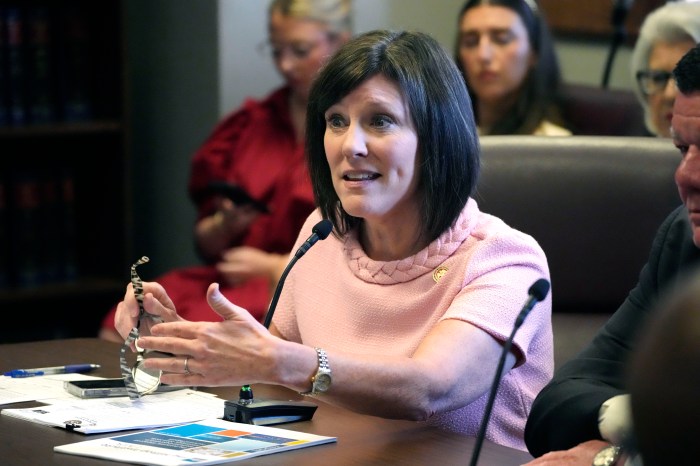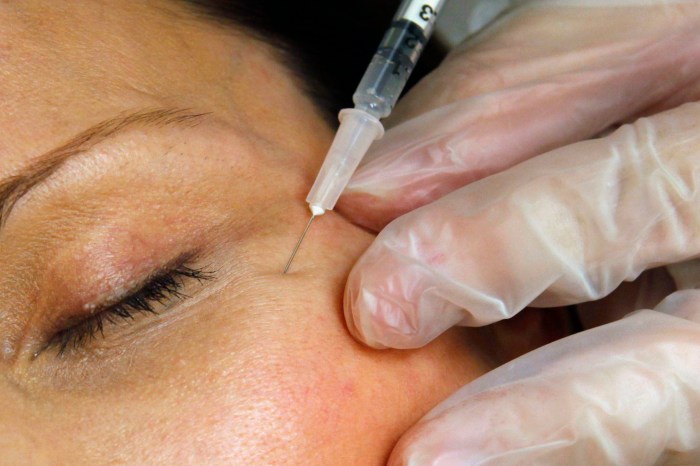SACRAMENTO, Calif. (AP) — A five-year experiment aimed at improving care for some of California’s most at-risk Medicaid patients — including homeless people and people with severe drug addictions — resulted in fewer hospitalizations and emergency room visits that saved taxpayers an estimated $383 per patient per year, according to a review released Wednesday.
The UCLA Center for Health Policy Research said that for every 1,000 people enrolled in California’s Whole Person Care pilot program, there were 45 fewer hospitalizations and 130 fewer ER visits when compared with a similar group of patients who were not in the program.
California has the largest Medicaid program in the country, with about 13 million people getting free health care from the government. That’s about one-third of the state’s population.
In 2016, the state launched an experiment focused on the most at-risk Medicaid patients, those who were prone to expensive, repeated hospital visits but whose conditions rarely improved. These included people who were homeless or at risk of becoming homeless, people recently released from prison, people with multiple chronic health conditions and patients with severe drug addiction or mental health problems.
These programs focused not just on a person’s medical care, but also things like transportation, education, legal assistance and help finding and keeping a job. The program did not pay for people’s housing, but it did pay for things to help them get housing — including money to cover security deposits, first month’s rent, furniture and moving expenses.
Sacramento Covered, a nonprofit that works to connect people with social services in California’s capital, partnered with the local housing authority to find people places to live. Kelly Bennett, the group’s CEO, said it was often difficult to find housing in a competitive rental market, but having money to cover a security deposit increased the likelihood of success.
Beyond the housing assistance, Bennett said people got the most help from community health workers, who can guide patients through “all these various systems that are siloed and challenging under the best of circumstances.”
“Community health workers are really brokers of services and really grease the wheels, so to speak, on behalf of their clients,” she said.
Different groups had vastly different results. The program was much better at reducing emergency room visits and hospitalizations for people who were homeless, addicted to drugs or had serious mental health issues than it was for patients who had complex medical issues. But the program was better at reducing the overall costs for people with complex medical issues, saving an average of $511 per patient per year.
“The results show that such programs help complex patients in different ways, depending on their needs,” said Nadereh Pourat, associate director of the UCLA Center for Health Policy Research. “Most importantly, our findings highlight the overall success of the Whole Person Care program and its potential for improving the lives of high-risk patients.”
Overall, the program cost $3.6 billion covering 25 pilot programs in 26 counties that served close to 250,000 patients — of which 70% had serious mental illness, drug addictions or were homeless.
The pilot programs ended in December 2021. But California is already expanding the services statewide, part of a larger overhaul of the state’s Medicaid program known as CalAIM — or California Advancing and Innovating Medi-Cal.



















